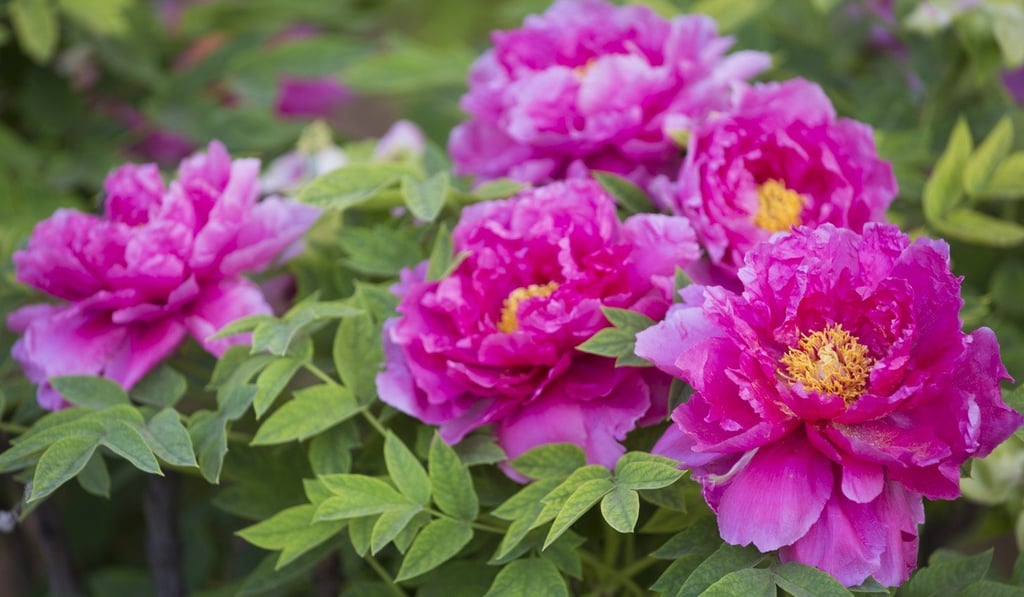Why flowers in Hong Kong possess cultural and medicinal power
From orchids to the city’s bauhinia, blooms are significant for Chinese people

Flowers are of an undeniable significance in the Chinese psyche. From the streetside Mong Kok flower market to the luxurious shops on the hills of Central, from lanfa (orchid) bulbs sold in little plastic packets on the street to fancy restaurant or hotel arrangements, this city bursts at the seams with flowers. We put flowers in our food and drink flower teas; we celebrate marriages, graduations, births and holidays by giving and receiving perfectly assembled bundles of flowers; they are a symbol of class, prosperity, affection and thousands of years of heritage and tradition.
Hong Kong flower seller opens his farm to the public as lilies finally bloom in warmer weather

Peonies have long been tied deeply to royalty and honour in East Asian societies. The peony was declared China’s national flower in the Qing dynasty, and while they have since been demoted, they are still often considered China’s unofficial floral emblem. They symbolise peace, wealth, prosperity and good fortune. Peonies are one of the longest used flowers in Chinese culture, celebrated in imperial gardens and cultivated for their medicinal value. Traditionally, the flower represents spring, the rejuvenation of life, and is often used as a metaphor for feminine beauty and reproduction.
China’s budding florists are heading to London to earn their floral wings
Peonies have been used and cultivated in China since ancient times. Confucius was even quoted as having said that he ate nothing without dousing it in the sauce of the peony: “I enjoy it very much, because of its flavour.” In Chinese tradition, the peony is also known as the “flower of riches and honour” or the “king of the flowers”.

Lotus
In the Northern Song dynasty, scholar Zhou Dunyi wrote in his prose Ai Lian Shuo that the lotus “unsullied from silt where it comes from, retains demure despite being cleaned by water.” This idiom has since become the phrase commonly used to describe the flower. The lotus rises from mud and blossoms, unmarred and beautiful, above the dirty water. This majestic image has come to symbolise perfection and purity of heart and mind, symbolising the holy seat of Buddha.
The lotus is one of the most significant flowers in Chinese culture. In Chinese poetry, art and architecture, the flower also represents longevity and honour. Lotus seeds are edible and as a result, are often used in Chinese medicine.